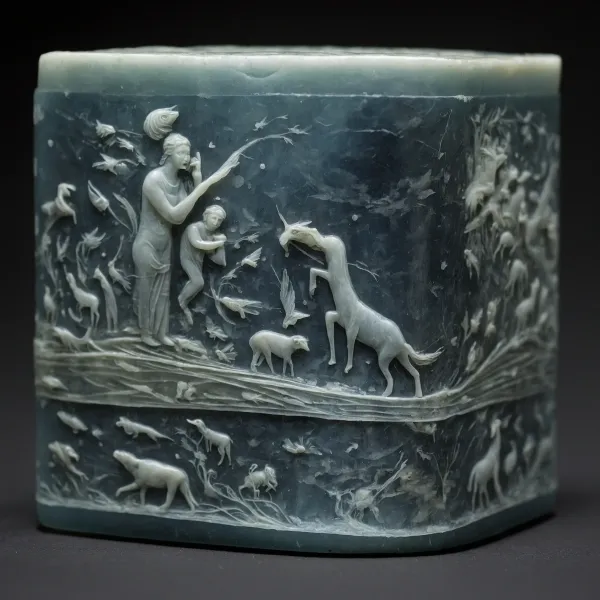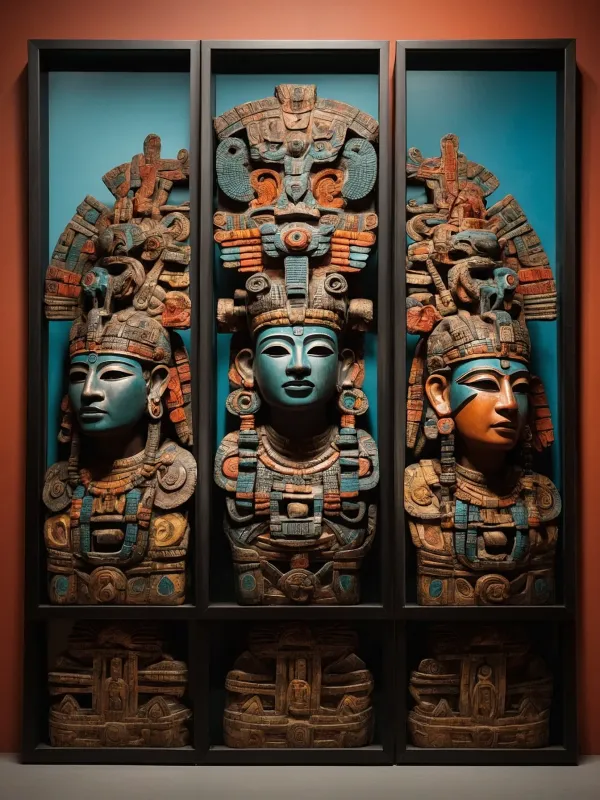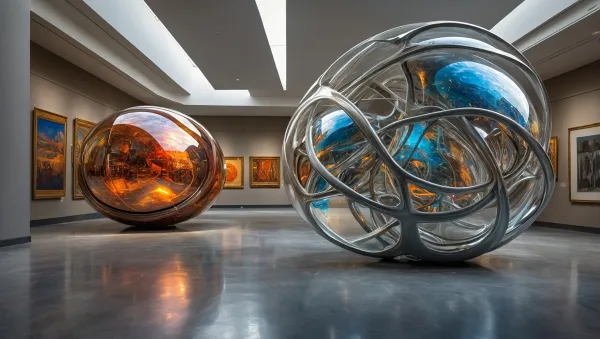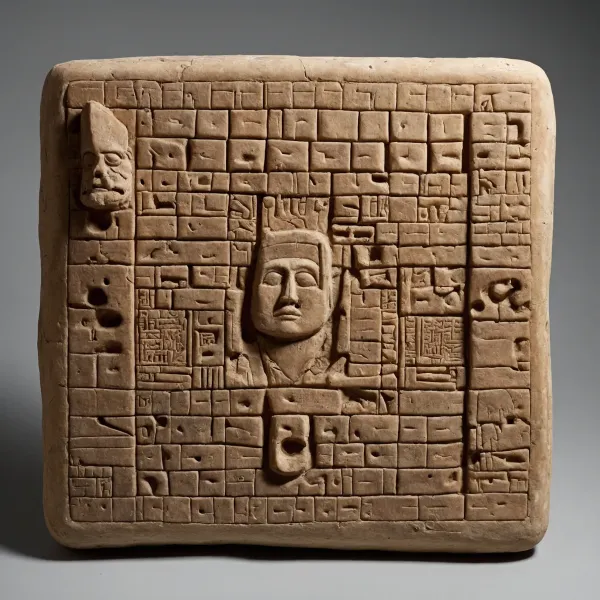Eternal Vigil
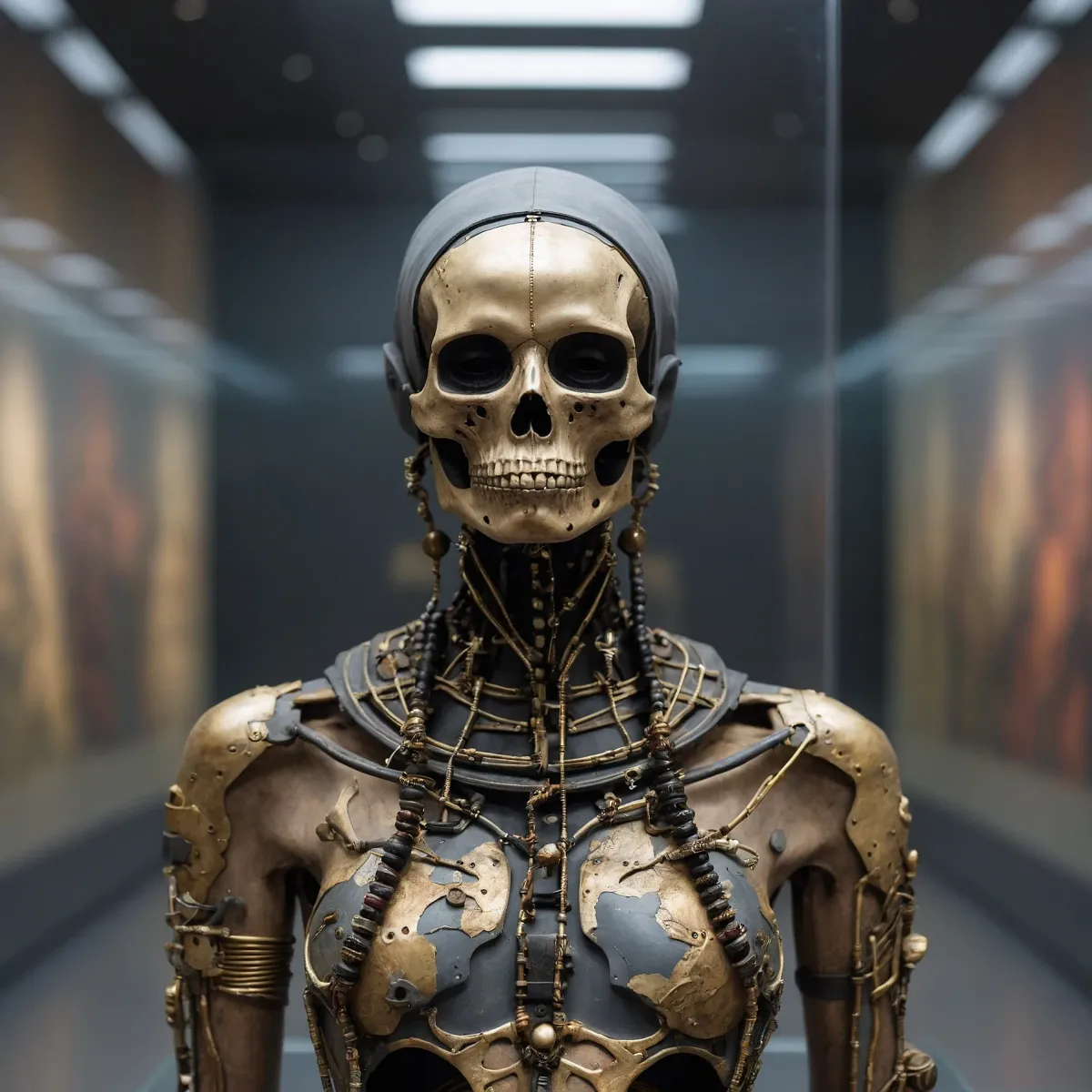
In the shadowy corridors of the Ravensfield Collection, a haunting figure stands vigil. Known as “The Curse Breaker,” this enigmatic artwork has puzzled scholars and visitors alike for centuries. Crafted in 1590 by an unknown artist, its unsettling presence beckons viewers into a tale of mystery and torment.
Revered as much for its exquisite craftsmanship as its eerie subject matter, “The Curse Breaker” depicts a human skeleton adorned with delicate filigree of bronze and gold. A lifeless skull peers out beneath a structured leather hood, giving it an almost ritualistic appearance. Created during the era of alchemy and dark wisdom, its purpose eludes precise interpretation but invites endless speculation.
The legend woven around this piece tells the story of Edan Furst, a renowned curse breaker from the late Renaissance period. Famed across Europe for dissolving malevolent spells attached to ancient relics, Furst was summoned by nobility who feared supernatural retribution lurking within their treasures. These whispers trace back to Edan’s final quest—the liberation of an artifact said to enslave anyone who dared engage with it—a cursed golden skeleton.
Upon confronting this ominous item in a secluded Carpathian monastery, Edan performed his rituals meticulously: incantations muttered under breath, symbols drawn with precision on ancient parchment. His efforts proved in vain; he spent nights haunted by phantoms racing through his consciousness until it became clear—this curse would not break conventionally.
Undeterred yet increasingly desperate, Edan attempted one final act: melding his essence into the artifact itself. By sacrificing his mortal form into bondage with the object’s power source—believed to be fragments from a celestial being’s tears—he aimed to sever its parasitic grip forever on humankind.
“I’ve gazed upon many curiosities but none more bone-chilling than ‘The Curse Breaker.’” - Beatrix Hornswoggle III, Paranormal Historian
This bold endeavor achieved partial success; the curse no longer leapt from beholder to beholder but instead confined itself within what now stands before visitors at our museum—the skeletal figure representing perpetual imprisonment but simultaneous safeguarding against the evil influence spreading again.
“The Curse Breaker” continues to captivate and unsettle its audience, embodying a legacy of mystery, sacrifice, and resilience. As it stands in the Ravensfield Collection, this artifact is not merely a relic of a bygone era but a poignant reminder of the enduring human struggle against unseen forces.
Its presence invites modern viewers to ponder the depths of historical folklore and the lengths to which one might go to protect humanity from the malevolent. In a world still fascinated by the supernatural, “The Curse Breaker” serves as a bridge between past and present, reminding us that the quest to understand and overcome our darkest fears is as timeless as the artifact itself.

